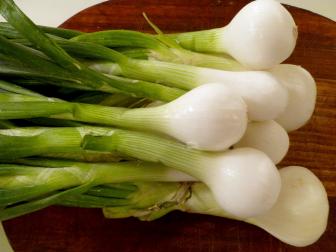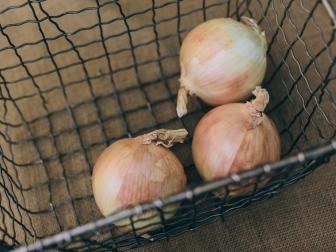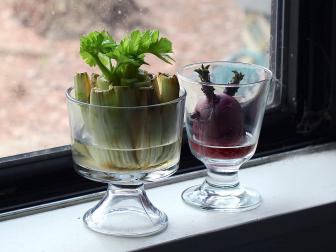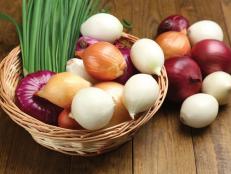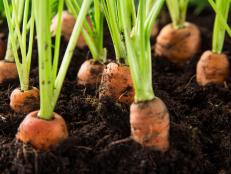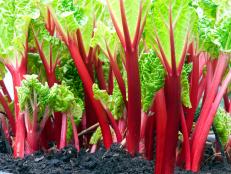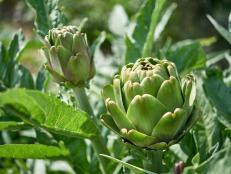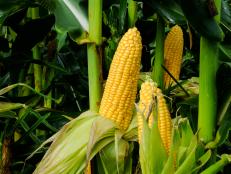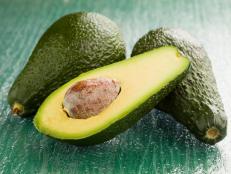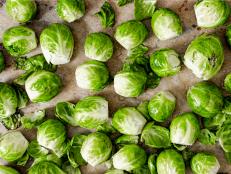How to Grow Onions From Scraps
Don't throw those scraps away! Discover easy and effortless ways to regrow onions and save money on groceries.

Emily Fazio

Growing fresh onions from scraps is fun to do. It is also rewarding because new growth can occur in a matter of days. Plus, regrowing food means saving on groceries, and that is always a good thing.
Regrowing Scallions
Regrowing scallions, or green onions, is a great way to start. Here's how to regrow scallions from the root end:
- Save the bottom third of the scallion and put it in a glass.
- Fill with water to cover half the stalk, then place the glass on a sunny windowsill. Now the magic occurs. Often in a mere three days, new green growth will appear at the top.
- Use scissors to snip off the amount needed for dishes and allow the top to continue to grow.
- Replace the water with fresh every two to three days.
Some windowsill onion growers choose to replace the stalk after three or four growth cycles to have a base with new vigor. Others, however, report keeping one scallion base regrowing for months. So experiment to find what works best for you. Spring onions and leeks also can be regrown this way.
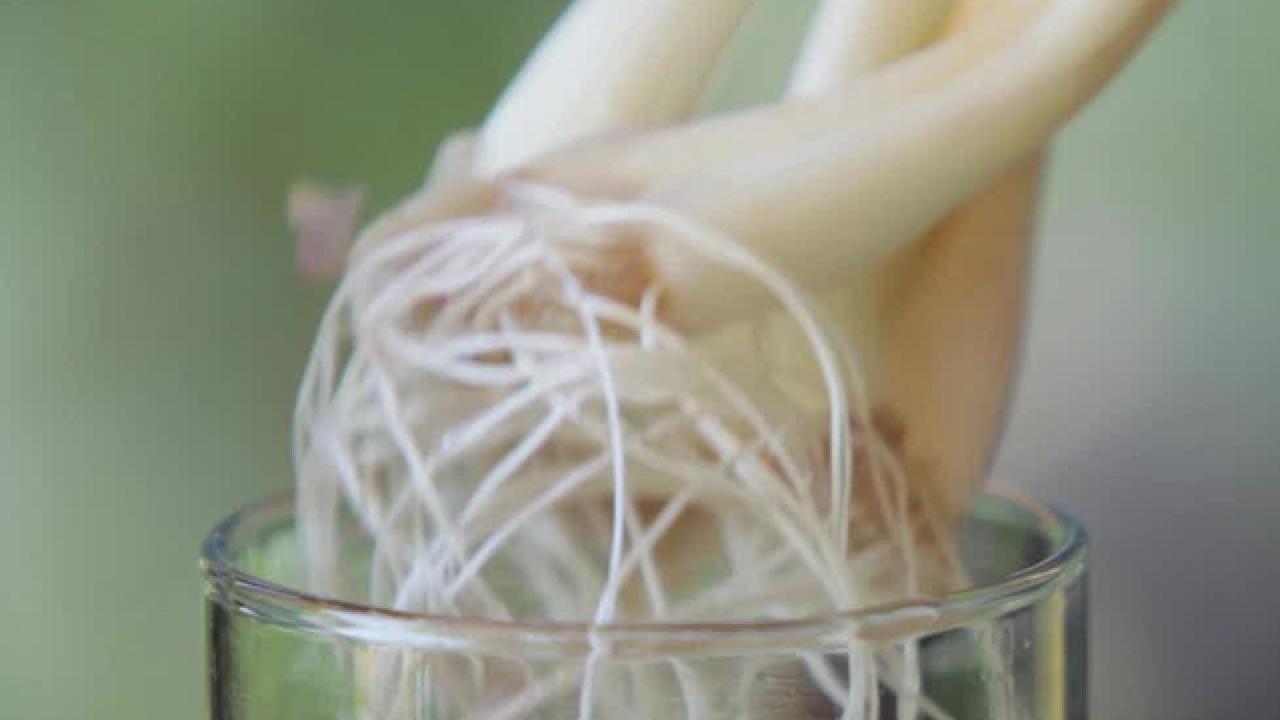
Regrowing Bulb Onions

2013, Image courtesy of Ben Rollins
The base of the onion, where roots grow, is the part needed to save and regrow.
The bulb onions used in cooking can be regrown, too. The method differs in just one way from regrowing scallions, and that is to plant the scraps of these onions in soil. You can do this in a small pot placed in a sunny window or even plant the onion scrap outside to regrow in your garden. To regrow bulb onions from the root end, try this:
- Save the base of the onion where the roots grow along with about an inch and a half of the onion itself. For many onions, this will be the lower third of the bulb.
- Set this piece aside to dry until you see slight curling or shriveling of the layers at the cut surface. Depending upon the humidity where you live, this may take anywhere from a few hours to a day or more.
- Next, it’s time to plant. Onions do best in moist, but not wet, growing conditions, so use a well-draining potting soil and choose a container that offers good drainage. Make an indention in the soil at the center of the pot equal to the size of the bulb’s base. Put roots at the bottom and press down slightly on the onion to ensure good contact with the soil. Plant deeply enough so that the top of the onion is covered by an inch of soil. Water evenly so the soil is uniformly moist and place the pot in a sunny south or west-facing window.
- Keep the soil moist and soon new green shoots will peek through the soil surface.
- Trim the greens with scissors and use them in cooking the same way you would use the parent onion. The shoots are a tad sweeter in flavor than the onion itself and also less of an irritant to the eye.
If you prefer to plant outdoors, wait until the risk of spring freezes has passed, or if you live where conditions are mild, plant at any time. Plant in soil that drains well in a spot that receives six or more hours of sun a day. Keep the soil evenly moist, but not saturated with water, to a depth of six inches.
Spring Onion Growing and Cooking Tips
Their mild flavor makes spring onions a delicious addition to your kitchen repertoire.
Regrowing Into a Full-Sized Onion
Growing fresh green shoots from an onion’s base is how many people reuse their onion scraps. But either on a window sill or in an outdoor onion patch, one can regrow a scrap into a full-sized onion using the method above. All that is needed is time and patience because the cycle can take 90 to 120 days. If grown indoors, the onion will need to be steadily repotted into larger containers. Before each repotting, cut back the greens to an inch or two in height to reduce stress on the plant. Once in the new container, the onion will grow back the greens quickly.
You can also grow several onions from one parent. The green shoots that grow from an onion base are each connected to an individual bud within the onion. To multiply the number of onions you have, take these steps:
- Gently remove the onion base from the soil.
- Use a sharp knife to cut partway down between the buds and then gently remove the buds with your fingers.
- Discard the outer layers of the original onion.
- Plant the bulbs in pots of their own or directly in the soil outside.
Get the Most Out of Your Veggies
Freezing Onions
Extend your onion harvest by tossing excess bulbs in the freezer. Learn how to prep onions for safe storage in the deep freeze.
7 Plants You Can Start From Kitchen Scraps
Growing garden vegetables is just a dinner or lunch away.
Freezing Green Onions
It’s easy and prolific, but what’s a gardener to do with all those green onions? Discover a few easy ways to freeze scallions.
With a little effort, you can have a variety of onions growing at all times, indoors and out, with fresh pieces ready for use.






